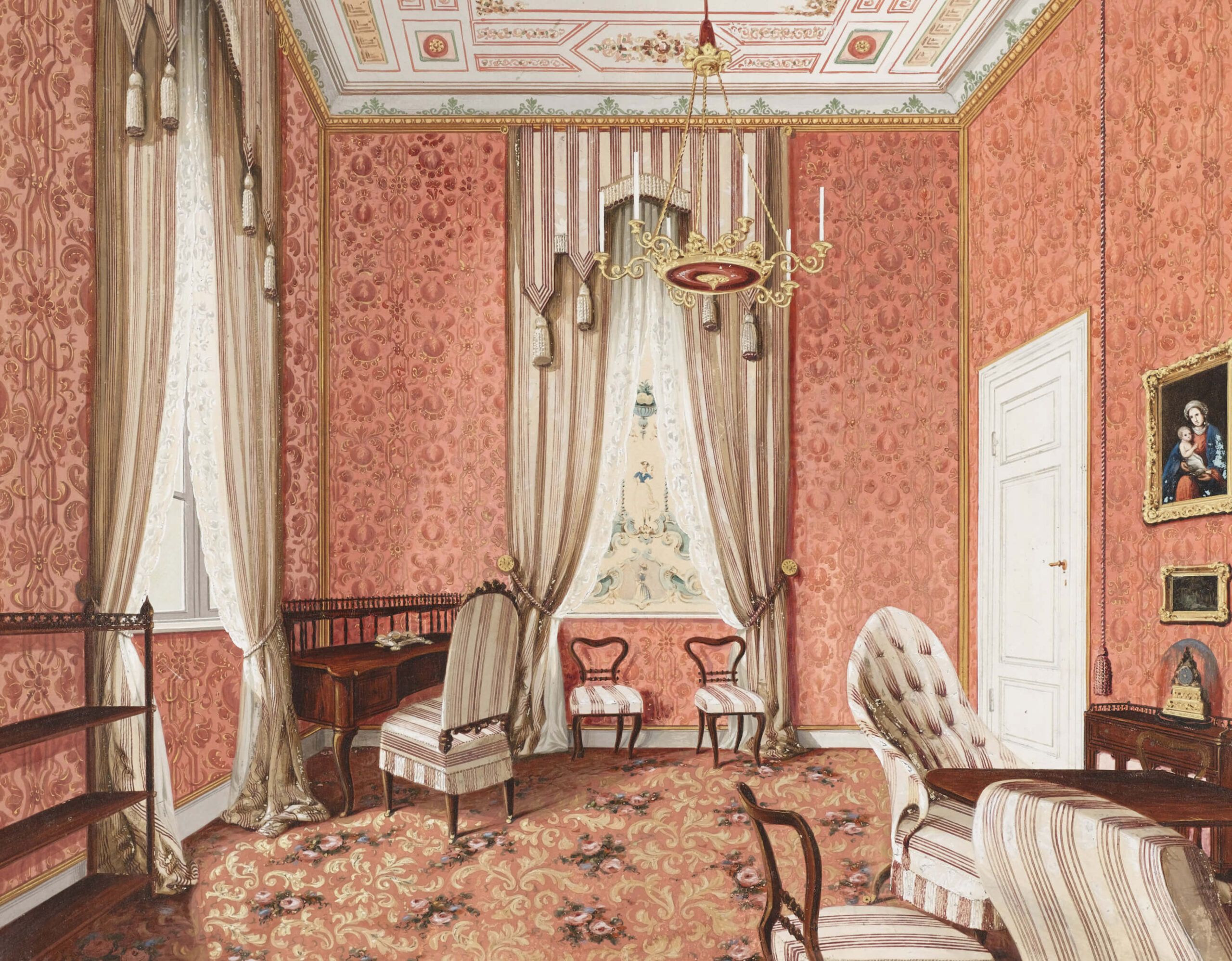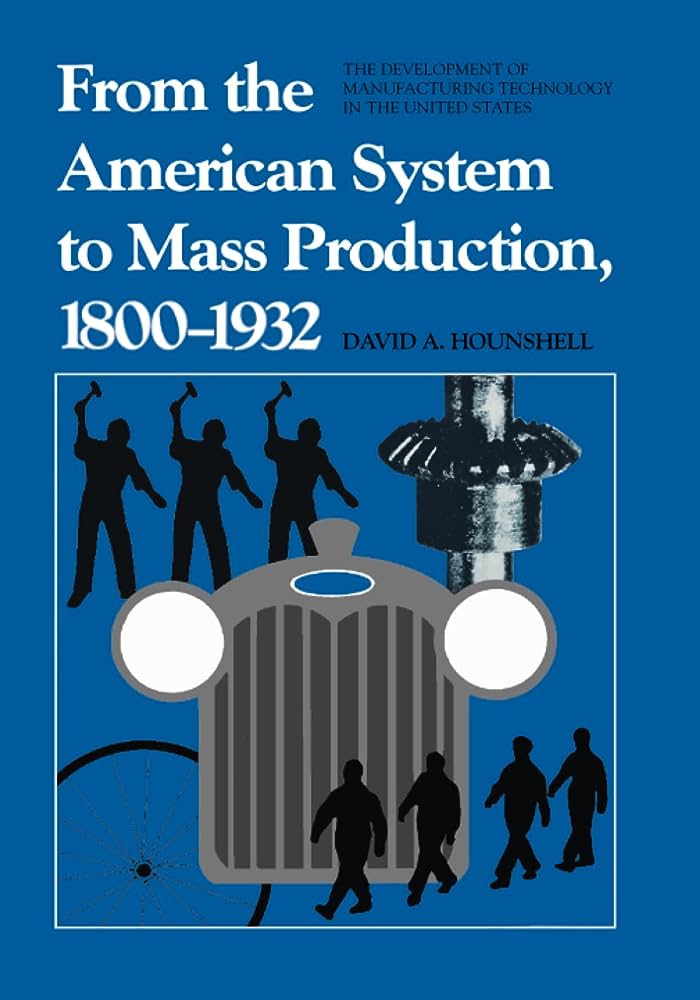Welcome to my blog, 19th Century! In this article, we will explore the fascinating world of the 19th century military coat. From its intricate design to the significance it held on the battlefield, we will uncover the stories behind this iconic garment of the era. So, grab your coffee and let’s dive into history! Join me in unraveling the secrets of the 19th century military coat.
The Evolution of 19th Century Military Coats: A Closer Look at Historical Fashion
During the 19th century, military coats underwent significant changes that reflected both practical needs and evolving fashion trends. The evolution of military coats in the 19th century can be attributed to various factors such as technological advancements, shifting warfare tactics, and broader societal influences.
At the beginning of the century, military coats were predominantly inspired by the uniforms of the previous century, with long tails, high collars, and ornate decorations. However, as warfare became more expedient and mobility became crucial, a new style of military coat emerged. This style, known as the frock coat, featured a short length, often ending at the waist or hip, and had a simpler design with fewer embellishments.
The introduction of industrialization and mass production during the mid-19th century brought significant changes in the manufacturing of military coats. Uniforms became more standardized, allowing for easier replication and distribution. Innovation in textiles also played a role, as better materials were developed for military use. Wool was gradually replaced by lighter fabrics like cotton and linen, providing soldiers with greater comfort and improved maneuverability.
Another notable change in military coats during this period was the shift towards a more practical and functional design. Features such as epaulets, shoulder straps, and buttons became more standardized and served specific purposes. Epaulets, for example, were originally used to secure shoulder belts for attaching weapons, but they later evolved into purely decorative elements.
Additionally, fashion trends of the time influenced military coat designs. Military uniforms were often influenced by civilian clothing styles, particularly in the officer ranks. The Napoleonic Wars had a significant impact on military fashion, with French officers setting the trend for tailored and fitted coats. This influence continued throughout the century, with military coats becoming increasingly similar to civilian frock coats.
Overall, the evolution of military coats during the 19th century highlighted the combination of practical needs and societal influences. The shift towards shorter lengths, simpler designs, and functional features reflected the changing nature of warfare and the growing importance of mobility. Additionally, the influence of fashion trends further shaped the aesthetic of military coats, blurring the lines between military and civilian clothing.
The 19th century witnessed a significant transformation in military coat designs, showcasing the intricate relationship between fashion, technology, and the needs of the military.
The Evolution of British Army Uniforms Through History
The Different British Army Uniforms of the American Revolution (1775)
What is the name of a military-style coat called?
In the 19th century, a military-style coat is called a frock coat.
What type of fur coat did the cavalry wear?
The cavalry in the 19th century typically wore fur-trimmed coats, known as pelisses or dolmans. These coats were designed to provide warmth and protection while still allowing freedom of movement during combat. They were often made with sturdy and durable materials like wool, with fur trim added for additional insulation. The fur used varied, but common choices included beaver, fox, or lamb. The fur trim was typically added to the collar, cuffs, and sometimes the front edges of the coat. This served both practical and decorative purposes, as the fur provided extra warmth and visual flair. Cavalry units, such as hussars or dragoons, were known for their distinctive and stylish fur-trimmed coats, which added to their overall military aesthetic.
What is the origin of the term “Eisenhower jacket”?
The term “Eisenhower jacket” originated during the 19th century and is named after General Dwight D. Eisenhower, who later became the 34th President of the United States. The Eisenhower jacket refers to a specific style of military jacket that was commonly worn by American soldiers during World War II and the post-war era.
The Eisenhower jacket is a waist-length jacket with a button-front closure, a stand-up collar, and four patch pockets on the front. It is often made of olive green or khaki-colored wool or cotton material. The jacket was initially introduced as part of the World War II U.S. Army uniform in the early 1940s.
General Eisenhower was known for his fondness for this particular style of jacket and frequently wore it during his time in the military. His preference for the jacket made it popular among other soldiers, leading to its widespread adoption and eventual association with his name.
The Eisenhower jacket became a symbol of military style and professionalism during the 19th century, and it continues to be recognized as an iconic piece of clothing from that era. Its enduring popularity has even led to civilian adaptations and variations of the jacket being produced and worn today.
What were coats called in the 1800s?
Coats in the 1800s were commonly referred to as greatcoats or overcoats. These outer garments were typically long and heavy, designed to provide warmth and protection from the elements. Greatcoats were often made of wool and featured a double-breasted front with large lapels and a high collar. They were popular among both men and women during this time period.
Frequently Asked Questions
What were the key features of a 19th century military coat?
In the 19th century, military coats were an integral part of military uniforms and had several key features.
1. Style: Military coats in the 19th century were typically long and tailored with a fitted silhouette. They often featured brass buttons or decorative braiding on the front and cuffs.
2. Material: These coats were usually made from durable and heavy-weight fabrics such as wool or serge. The choice of fabric provided warmth and protection during battle.
3. Color: Military coats in the 19th century generally came in dark colors like navy blue or black. This helped to hide dirt and stains that soldiers would encounter in battle.
4. Epaulettes: Epaulettes were decorative shoulder pieces that denoted rank and added a distinctive flair to military coats. They were usually made of metal and featured various designs depending on the specific rank and branch of the military.
5. Collar: The collar of a 19th-century military coat was often high and stiff, providing support and protection to the soldier’s neck. It could be worn standing up or folded down, depending on the occasion.
6. Tailoring: Military coats were carefully tailored to fit the body and allow mobility. They were designed for ease of movement, with strategically placed seams and pleats.
Overall, the key features of a 19th-century military coat were its tailored style, durable material, dark colors, epaulettes, high collar, and precise tailoring. These coats not only served as functional garments but also represented rank, authority, and military tradition.
How did military coats evolve in the 19th century?
In the 19th century, military coats underwent significant changes and evolution. At the beginning of the century, military uniforms were largely influenced by the Napoleonic Wars. The coats were typically long and double-breasted, following the fashion of the time.
As the century progressed, there were several important developments in military coats. One notable change was the adoption of shorter coats, known as shell jackets, which were more practical for soldiers on the battlefield. These jackets were single-breasted and usually had a standing collar and either brass or pewter buttons.
Another significant development was the introduction of tailored coats for officers. These coats were often made of high-quality materials such as wool or silk and featured intricate details like braiding, epaulettes, and ornate buttons. The officer’s coats were designed to not only showcase rank but also reflect the individual’s social status.
In the latter half of the 19th century, military coats underwent further modifications influenced by advancements in technology and warfare. The introduction of rifled muskets and artillery led to the creation of more streamlined uniforms that allowed greater ease of movement.
Additionally, the adoption of khaki-colored uniforms by British forces during the late 19th century marked a departure from the traditional brightly colored coats. This change was motivated by the need for better camouflage in modern warfare.
Overall, the evolution of military coats in the 19th century reflected the changing nature of warfare, advancements in technology, and the desire for both functionality and style.
Were there any notable military coats worn by famous military leaders in the 19th century?
Yes, there were several notable military coats worn by famous military leaders in the 19th century.
One of the most iconic military coats of the time was the Hussar jacket, which originated from the Hungarian Hussars. This stylish and ornate jacket featured braided trim, gold or silver buttons, and intricate embroidery. Famous military leaders such as Napoleon Bonaparte and Arthur Wellesley, Duke of Wellington, were known to wear Hussar jackets.
Another notable military coat from the 19th century was the Frock coat. This coat was typically worn by officers and featured a double-breasted design with large lapels and a waist belt. It was often made of heavy wool and could be seen in various colors such as blue, black, or grey. The frock coat was a symbol of authority and status among military leaders.
The Redingote was another popular military coat during this era. It was a long, fitted coat that reached below the knee and was often worn by officers. The redingote featured a high collar, epaulettes, and decorative buttons. It was commonly made of wool or velvet and provided both style and functionality on the battlefield.
Lastly, the Tailcoat was a formal military coat commonly worn by officers during the 19th century. It featured a cutaway front with a longer back and was usually made of fine quality fabric such as wool or silk. The tailcoat was typically worn for ceremonial occasions and signified high rank and prestige.
These military coats not only served practical purposes but also represented the grandeur and authority of the military leaders who wore them.
The 19th century military coat holds a significant place in history as a symbol of power, prestige, and innovation. This iconic piece of clothing epitomized the military prowess and societal values of the era. Its intricate tailoring, elaborate detailing, and high-quality materials showcased the craftsmanship and attention to detail that defined fashion during this time period.
Moreover, the military coat reflected the changing nature of warfare in the 19th century. As armies became more organized and professional, uniforms played an important role in unit identification and morale. The distinct design elements and embellishments on these coats served to differentiate soldiers from different regiments and ranks.
Furthermore, the 19th century military coat became a symbol of national pride and identity. It represented the strength and might of a nation’s armed forces, reflecting the geopolitical struggles and rivalries of the time. These coats were often adorned with national emblems and insignias, further solidifying their connection to a specific country or military unit.
The influence of the 19th century military coat can still be seen today. Its impact on subsequent military fashion is undeniable, with elements such as double-breasted fronts, epaulettes, and brass buttons continuing to be incorporated into modern military attire. Additionally, its enduring legacy can be observed in the realm of fashion, where military-inspired designs continue to be popular and influential.
The 19th century military coat not only served as a functional garment but also as a powerful symbol of military might, national identity, and sartorial excellence. Its significance in history and its lasting impact on fashion make it a fascinating and important aspect of 19th-century culture.






